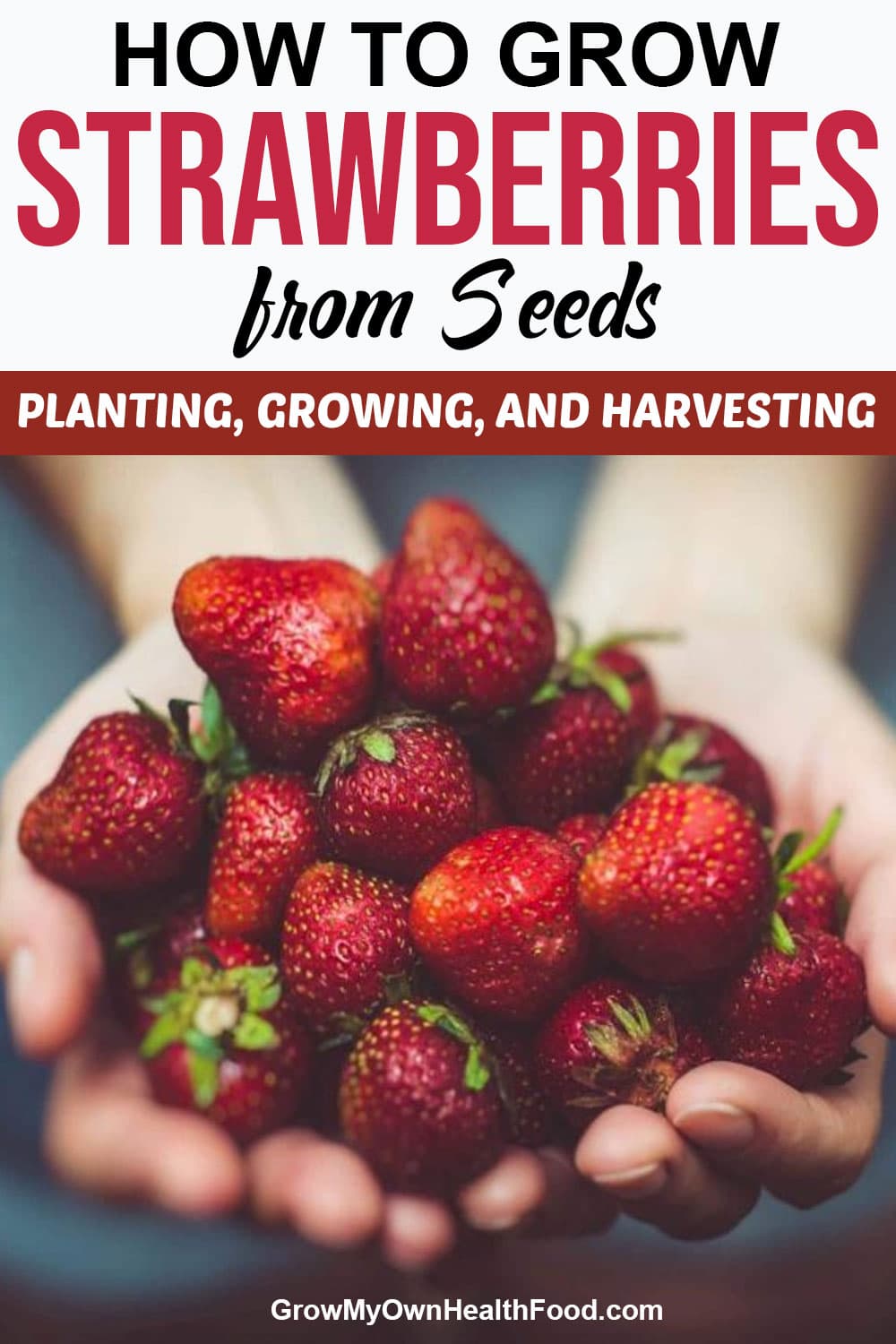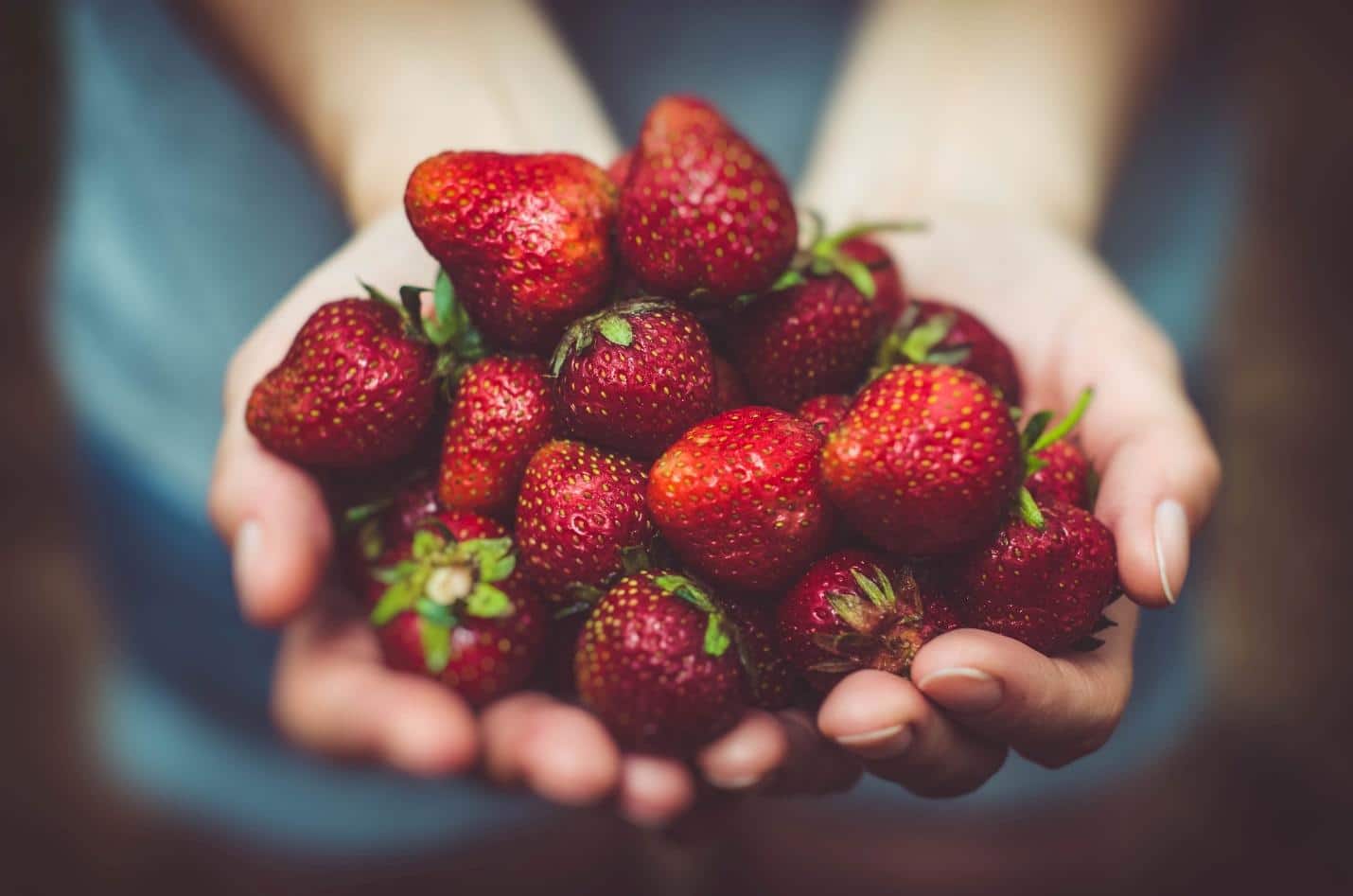If you’re looking for a delicious summer treat, it can be as easy as growing it in your own backyard. In fact, if you grow strawberries from seeds it can be a simple and cost-effective way of having fresh fruit readily available for your household.
With a bit of care and attention, you can grow several different patches of strawberries from seeds. Planting them in the early spring can last you from spring until fall, depending on your climate.
Even if you’re an inexperienced gardener, following gardening steps carefully and tending to your plants can see great results. Read on for our tips on how to plant, grow and harvest strawberries in your home.
1. Growing Strawberries From Seeds
To get started, you’ll need to acquire the right seeds. For anyone growing strawberries, there are two main methods of seeds: growing from seeds or using starter seeds.
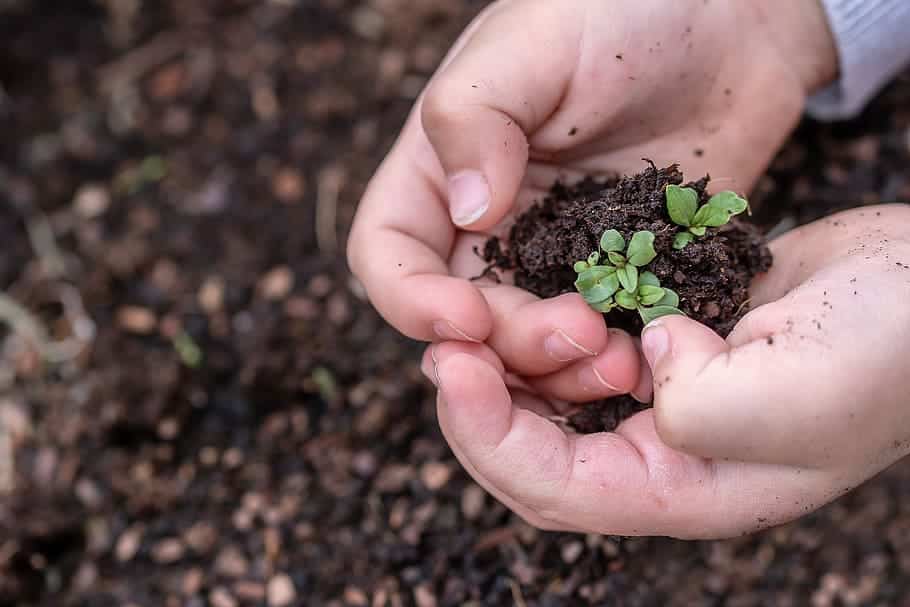
Growing from seeds is a great, sustainable way to use seeds from someone else’s farm or garden. Farmers who grow strawberries can offer you their seeds, and you can plant them in your own garden and continue to grow them for multiple cycles. Although, you want to be aware that you should be replanting your strawberries every four to five years.
Using a starter strawberry seed provides a fresh start to your patch. Starter seeds or plants are available in gardening centers and have the strawberry plant already in the process of growing. This can save you a lot of time or be a huge help if you’re new to growing strawberries indoors.
Better Homes & Gardens suggest purchasing your strawberry seeds from a gardening centre or nursery for the most effective results: “You’ll have the most success with new plants bought from a reputable nursery, rather than plants passed along from a friend’s garden. Strawberry plants decrease in vigor after a few years, and they’re susceptible to diseases, so it’s best to start fresh, not with hand-me-downs.”
2. Planting Strawberries from Seeds
If you’re planting strawberries from seeds, it’s important to treat them carefully when planting and growing. These can be a little trickier to handle than growing from starter seeds bought in-store but can prove just as effective.
Picking the Right Pot & Soil
Choosing the right pot is important to how your patch will grow. Some people opt for a tiered strawberry planter, which is available online or at your local gardening center. A tiered planter can allow for even sunlight and growth amongst the berries.
- Vertical Planters & Hydroponic planter
Prices pulled from the Amazon Product Advertising API on:
Product prices and availability are accurate as of the date/time indicated and are subject to change. Any price and availability information displayed on [relevant Amazon Site(s), as applicable] at the time of purchase will apply to the purchase of this product.
If you don’t have the space for a tiered planter, a raised bed is a good option. The plants need to be well-drained, so make sure your planter has enough drainage holes.
- Grow Up To 8 Different Herbs
- Ideal Working Height
- Pre-formed Replaceable Liners Included
- Treated With A Food Safe Preservative
- Lower Storage Shelf For Tools
- Easy To Bu
Prices pulled from the Amazon Product Advertising API on:
Product prices and availability are accurate as of the date/time indicated and are subject to change. Any price and availability information displayed on [relevant Amazon Site(s), as applicable] at the time of purchase will apply to the purchase of this product.
For soil, make sure to purchase a gardening soil that is for planting seeds. Something like potting mix is coarse and doesn’t allow the berries the space to grow and contain moisture.
You can actually use the compost from your organic bin as fertilizer for your plant. You’ll need compost that’s been decomposing for well over a month or manure from your local gardening centre.
The Farmer’s Almanac explains more on soil types for planting your strawberries. They say that strawberries are tolerant of different soil types; however, they do prefer loam.
The Three Types of Strawberry Seeds
There are three types of strawberry seeds: June-bearing, everbearing and day-neutral. These types are varied by the time of year that they grow. Only one may be readily available to you depending on your region.
June-bearing berries harvest in spring if you live in a warmer region, around April or May. Everbearing types produce a crop twice a year, once in June and once in September. Day-neutral can produce a consistent crop from June to September until the first frost, but it’ll be a small batch throughout this period. Keep in mind these three types when you’re choosing what to plant in your home.
3. Growing Method – Indoors vs Outdoors
When planting your strawberries, you have the option of putting your planter indoors or outdoors. These can produce different results depending on the amount of sunlight available to you.
For some, indoors may be the only option depending on the variety your growing. The two types that are likely to produce indoors are June-bearing strawberries and ever-bearing strawberries. No matter what the variety, you need to make sure the environment is right and tend to them frequently.
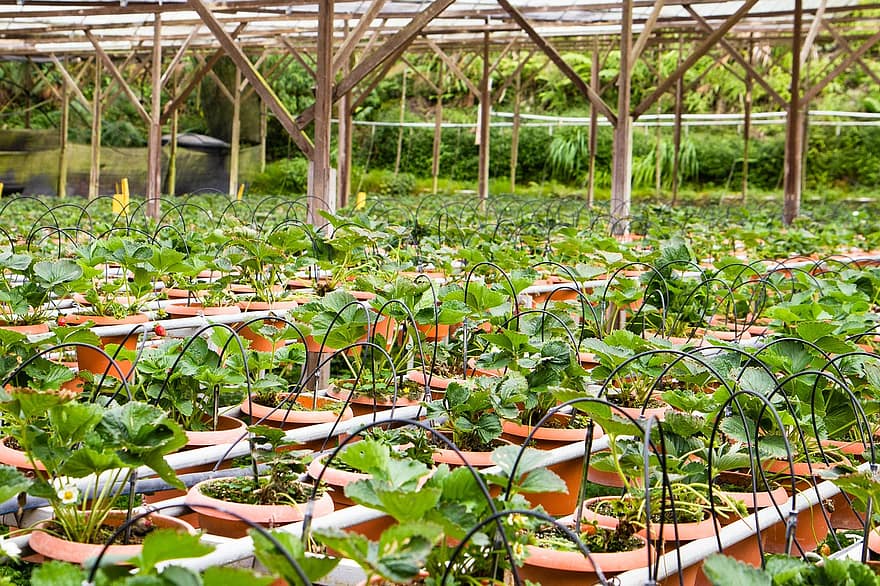
When planting your strawberries indoors, make sure to trim the roots to approximately 5 inches and soak them for an hour before planting. Because their root system does not go very deep, you can plant your strawberries in almost any type of pot as long as they receive enough water and light. You also need to ensure the pH level of your soil is adequate – when growing in containers, the ideal pH level is between 5.6 and 6.3.
After they are planted, check them daily to see how much water they need (if the soil is still moist then don’t water) and as the blossoms start to come in, make sure to remove them during the initial 4-6 week growing period.
When growing strawberries outdoors, you can follow these same guidelines, however keep in mind what the temperature is like in your climate. Strawberries can often survive the heat, but won’t grow in frost or too much cold. Often, keeping them inside in a temperature-controlled environment can work. The strawberries should also be planted in narrow rows and remain weed-free to improve air circulation.
Maintaining Your Strawberries
Keep track of when the plant needs watering. When you first plant your seeds, they will need to be thoroughly watered. Then, maintain moisture to make sure the seeds sprout and grow.
One of the peskiest maintenance tasks is keeping bugs and diseases away from your berries. In the heat of the summer, fruit flies and other bugs get very attracted to sweet berries. You can prevent this through bug traps, well-draining soil, and avoiding watering your plant at night, which can invite diseases.
- 【Organic Gardening】: Safe and Non-toxic.Naturally remove small pests with no harsh pesticides, insecticide, or chemicals.
- 【Capture flying pests】: Widely capture whiteflies, fungus gnats, black flies, thrips, fruit flies, midges and other flying insects.Shake the plant gently and insects hidden on the leaves will fly to the traps.
- 【Applicable scene】:Great for houseplant and greenhouse, easy to use, double spread, waterproof safe, long lasting uv resistant adhesive will not dry out.
- 【Warm Reminded】Double-Sided stickiness so they stay stuck.If touch the adhesive accidentally, just wash your hands with some vegetable oil or hand cleaner.USE TIPS:Fold the strip in half and press it so that the sticky traps will not be easy to pop open.
- 【Package】:1 Pack /2 Pack/4 Pack (per pack include 7 sticks, 21 yellow flying insects tra
Prices pulled from the Amazon Product Advertising API on:
Product prices and availability are accurate as of the date/time indicated and are subject to change. Any price and availability information displayed on [relevant Amazon Site(s), as applicable] at the time of purchase will apply to the purchase of this product.
Several diseases can infect strawberries. Among these diseases, you may encounter leaf blight, leaf scorch, leaf spot, verticillium wilt, and powdery mildew. However, you can greatly reduce the risk of these diseases by choosing the right location for planting. Find a location that offers full sun and has well-draining soil.
When to Harvest Your Strawberries
Strawberries will be ready to harvest after about six weeks. Once your plant blossoms, the berries grow soon after, so keep a close eye on your plant to see when the strawberry ripens.
It may be tempting to pick a strawberry when it’s grown from the plant, but be patient. Wait for the strawberry to get to a rich red color, and then it’s ripe for picking. Other strawberry types may ripen at a different color, so make sure to check when it’s ripe.
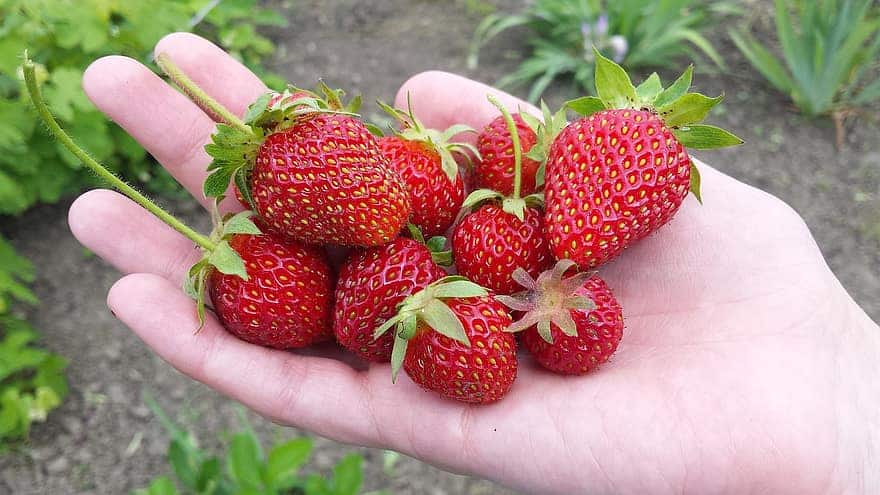
When your strawberries are ready for harvesting, check in on your plant every day to make sure any berries don’t get overripe. Leaving a strawberry for too long can cause the berry to rot and fall off the plant.
When you’re looking for a fresh taste, there isn’t anything quite as delicious as locally-grown food. Learn to grow strawberries from seeds and with the tools and care put into growing the proper strawberry patch, you can achieve great results and look forward to a sweet fruity treat.
Incorporate your berries into pies or marmalades for delicious recipes made from scratch. There are so many possibilities, so get gardening!
